From a stinky fish smelling lichen to one which looks like a dragon’s skin, to the world’s largest slug with the strangest mating ritual – the weird and wonderful wildlife of our rainforests.
Britain’s rainforests make up just one per cent of the UK’s islands, but used to cover 20 per cent, yet they are unique environments home to wildlife not seen elsewhere.
They are thought to be more threatened than their tropical counterparts, but one of the most interesting.
Where to find them
Situated in the south-west of England, Wales, north-west England and Scotland, the damp, humid conditions mean they can be a haven for over 200 different species of bryophytes and 100-200 species of lichen. They are unique due to their connection to the ocean, which means temperate climates and high rainfall (more than 1.4m per year).
The Woodland Trust has compiled a list of eleven unique and beautiful wildlife that cling on to life in the rainforest. Each have a unique tale to tell.
Eleven weird and wonderful wildlife of our rainforests
Stinky sticta lichen (Sticta sylvatica): they call this ‘stinky sticta’ because quite literally, this lichen smells like fish.
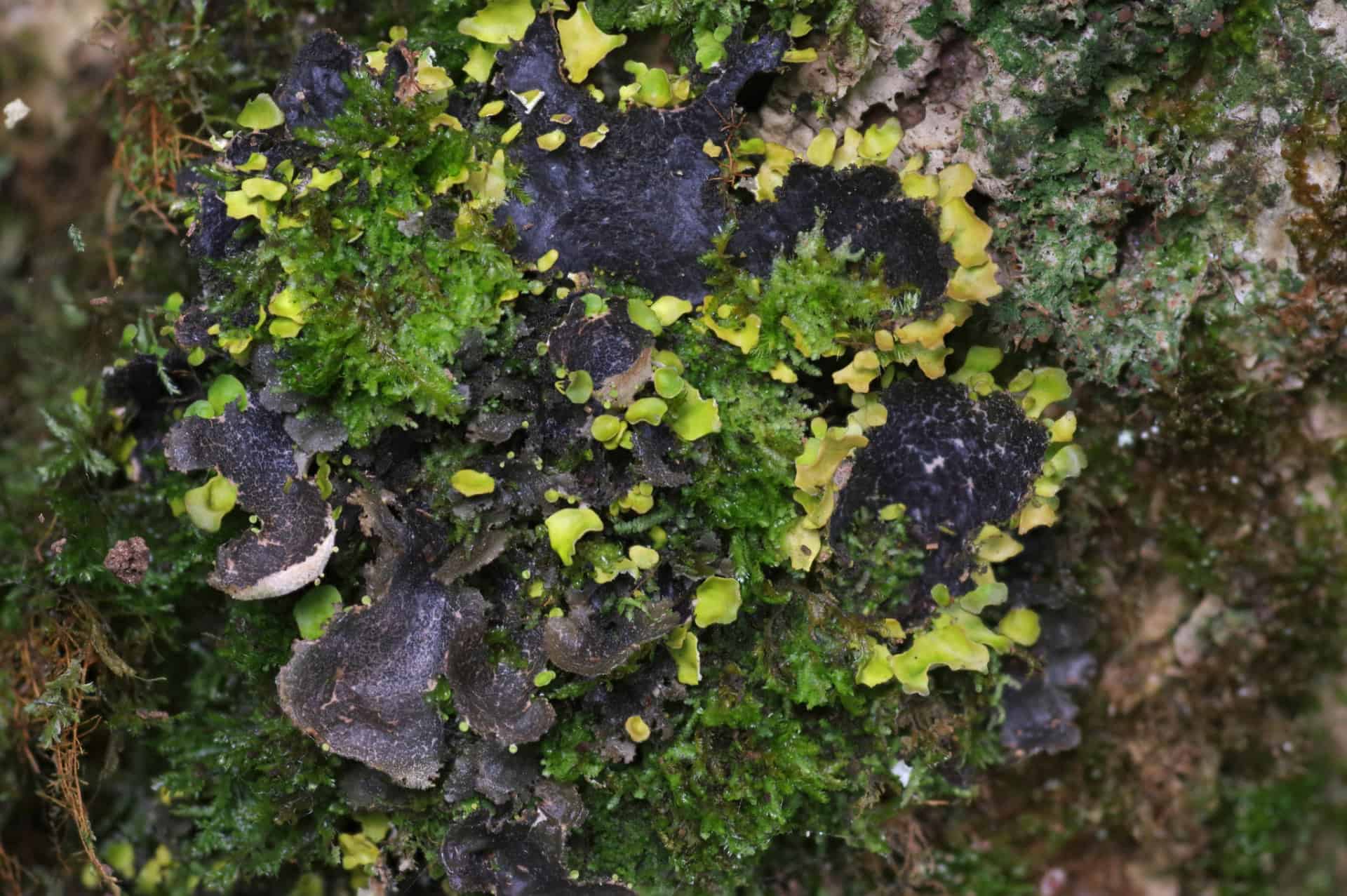
Tree lungwort (Lobaria pulmonaria): looks like the inside of lungs and was thought to be a treatment for lung ailments by anglo Saxons/medieval peoples
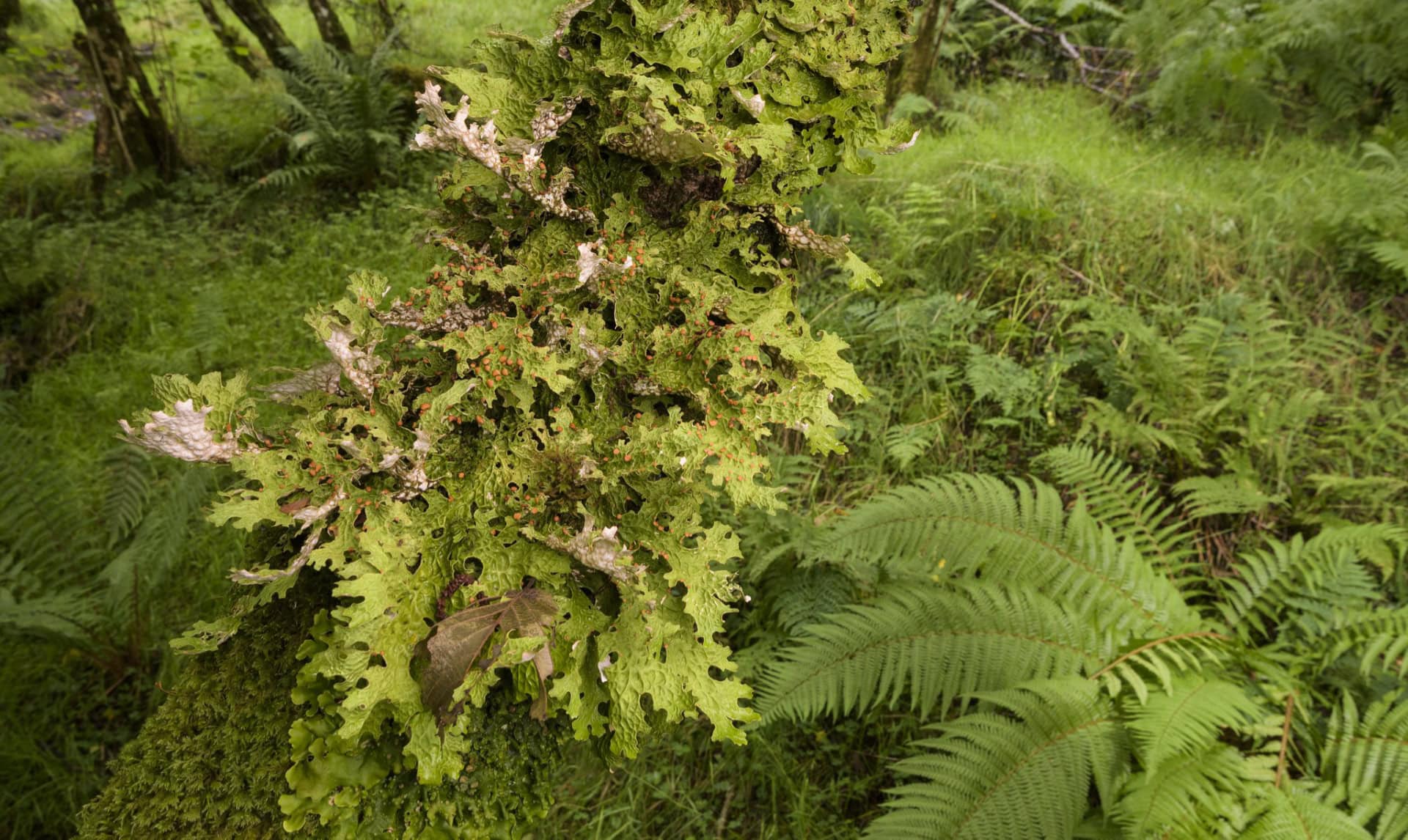
Blue ground beetles (Carabus intricatus): these special little beetles are very active little nighttime adventurers and can wander the scaled up equivalent to several kilometres a night. They are one the rarest in the UK and a sign of a healthy rainforest.
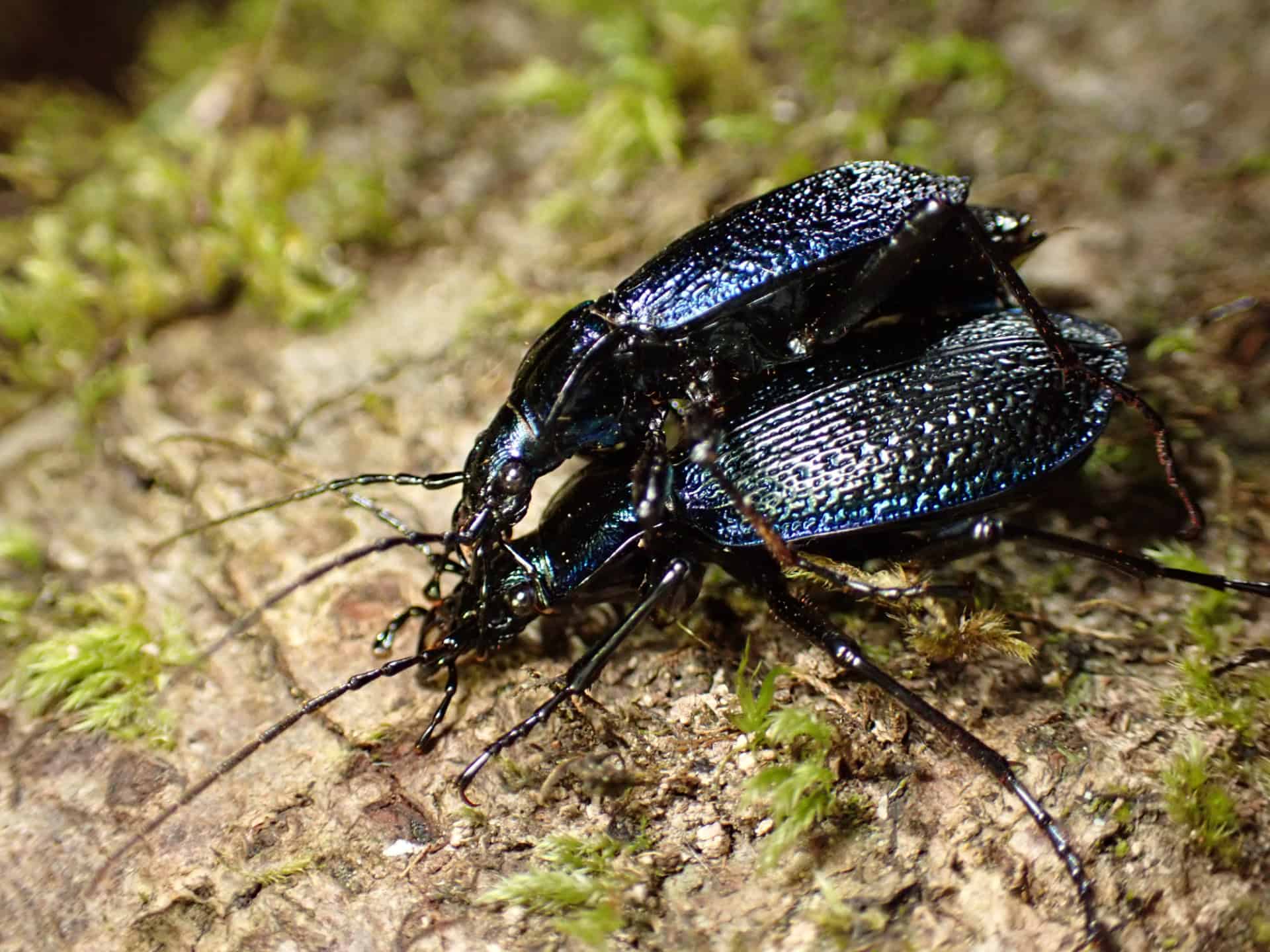
White tailed eagle (Haliaeetus albicilla): the largest UK bird of prey. It went extinct in the UK during the early 20th century due to illegal killing but was reintroduced. It often nests in rainforests, but hunts in the nearby sea bringing vital nutrients back to the rainforest.
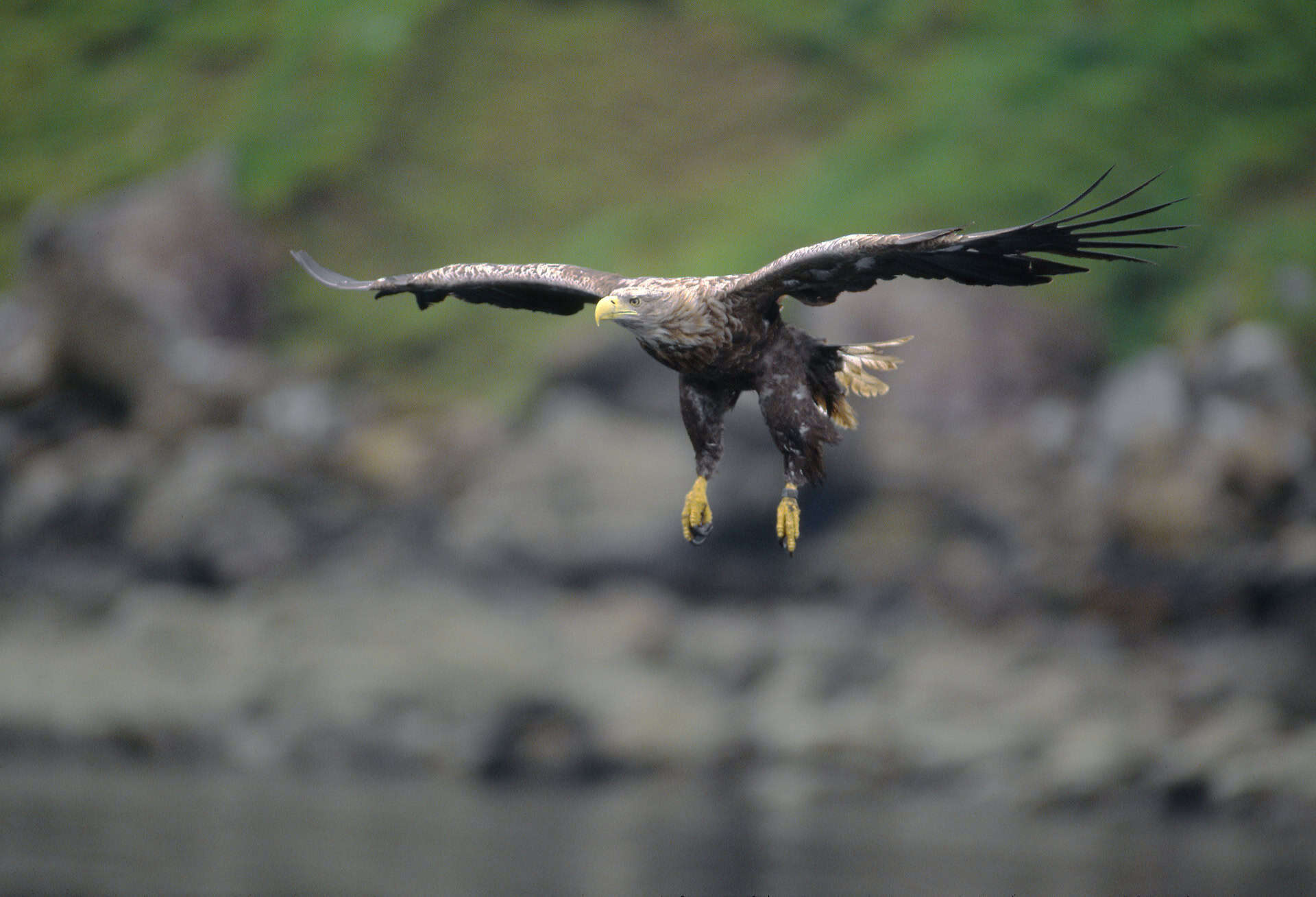
Hazel gloves fungus (Hypocreopsis rhododendri): a conservation priority species that exclusively grows on old hazel trees and looks rather like intestines! It’s a sure sign of clean air and a wood’s ancient origins.
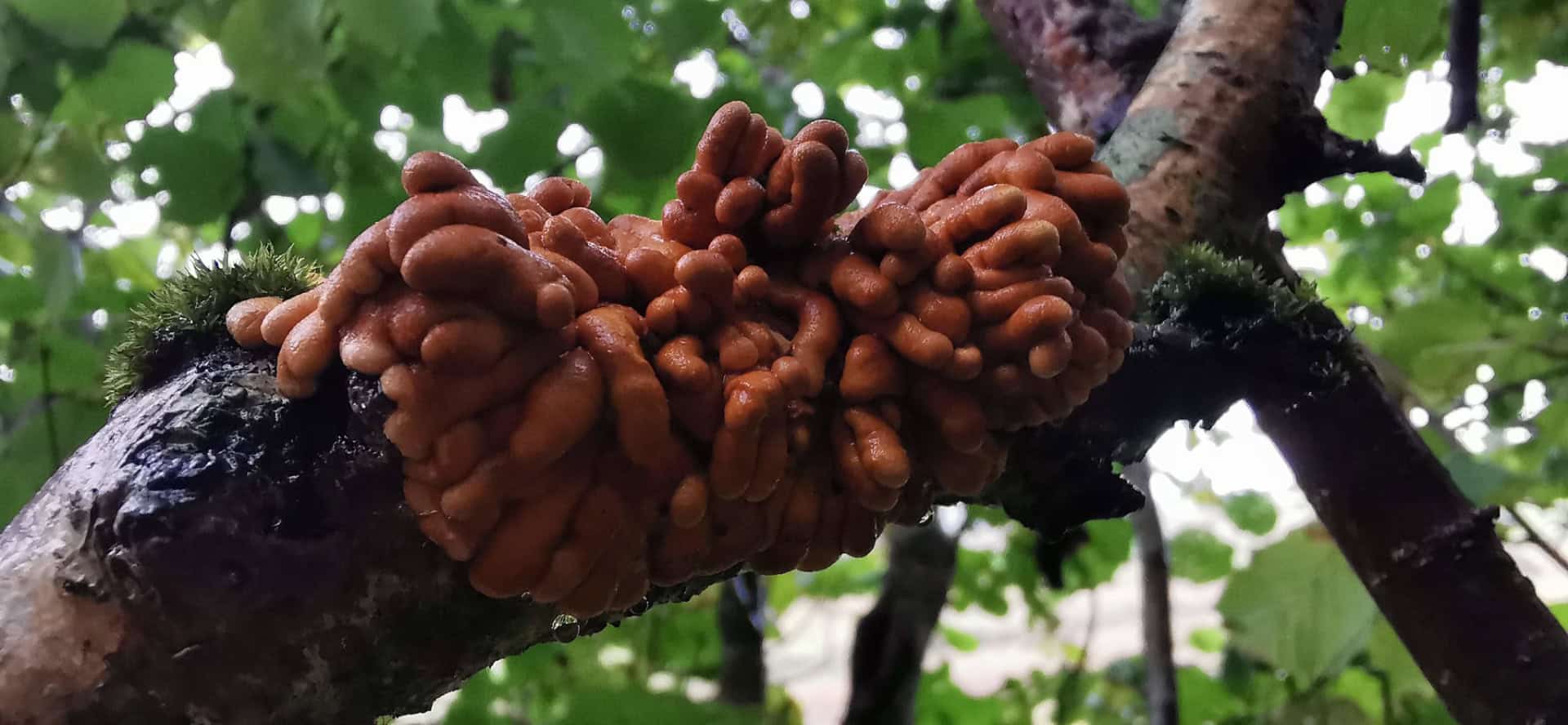
Pied flycatcher (Ficedula hypoleuca): Pied flycatchers love rainforests for their rich abundance of insects. Blessed with great reflexes, they catch flying insects from the air, often using favoured perches among tree branches from which to dart at passing prey. They will also take caterpillars and other invertebrates.
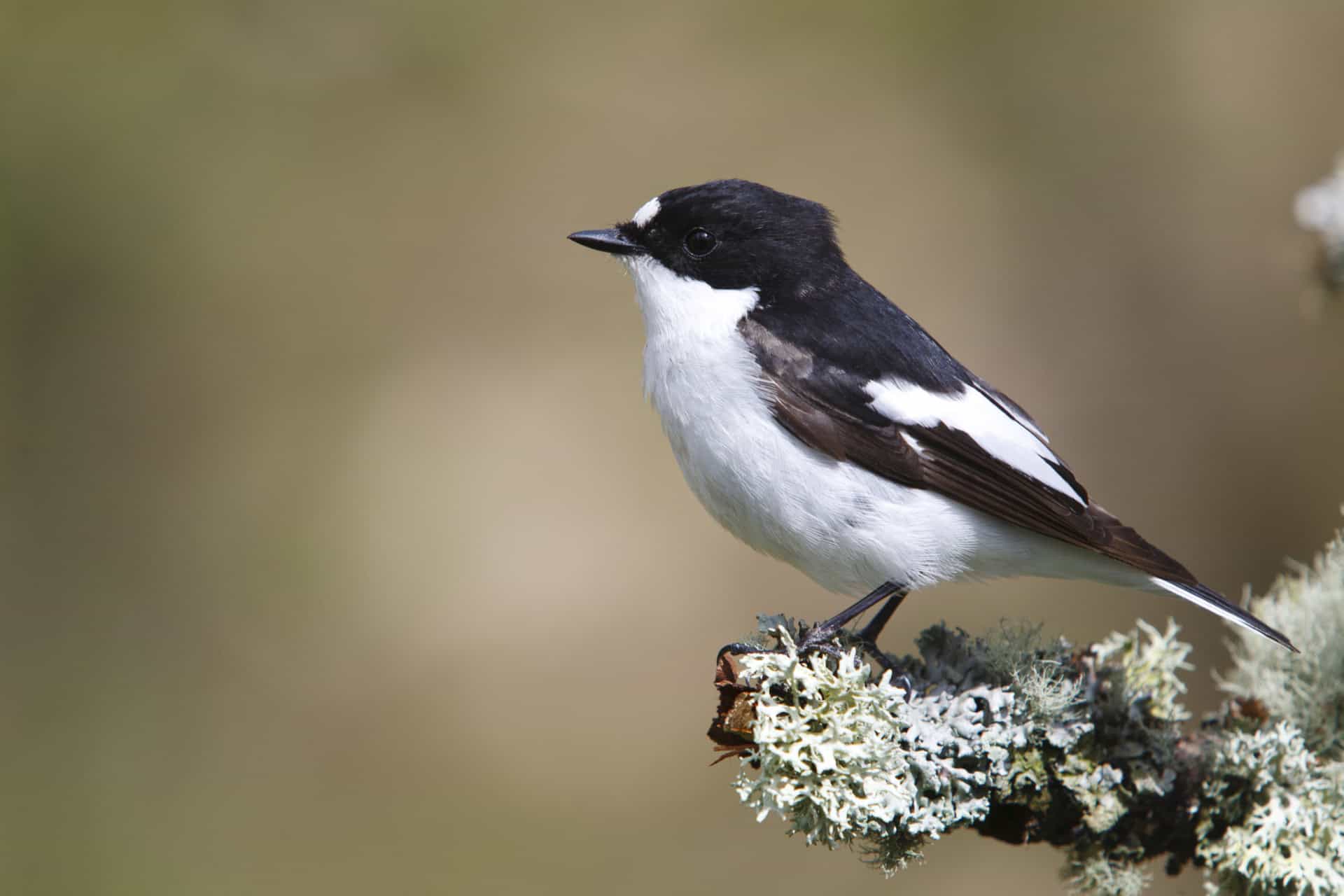
Ash black slug (Limax cinereoniger): one of the world’s largest land slugs and known for one of the natural world’s most bizarre mating rituals, where a “couple” suspends from a tree in a sticky mucus to mate.
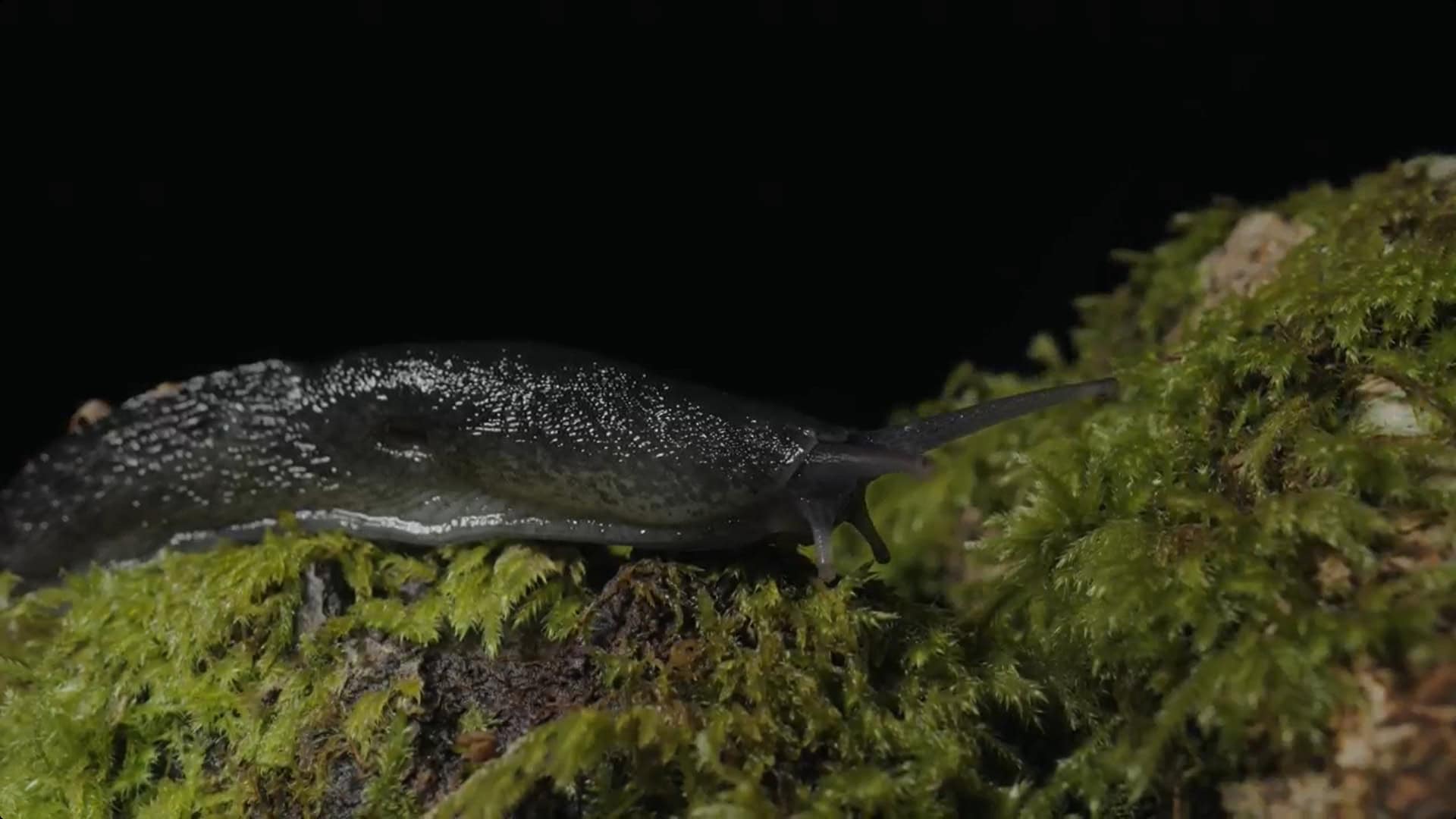
Beavers (Castor fiber): the great natural architects, beavers are back in the UK’s rivers after centuries away but there are thought to be just 500 in England and around 1,000 in Scotland. These dam-building rodents can transform their local environment by creating new wetland habitats which helps maintain the damp conditions, crucial for rainforests.
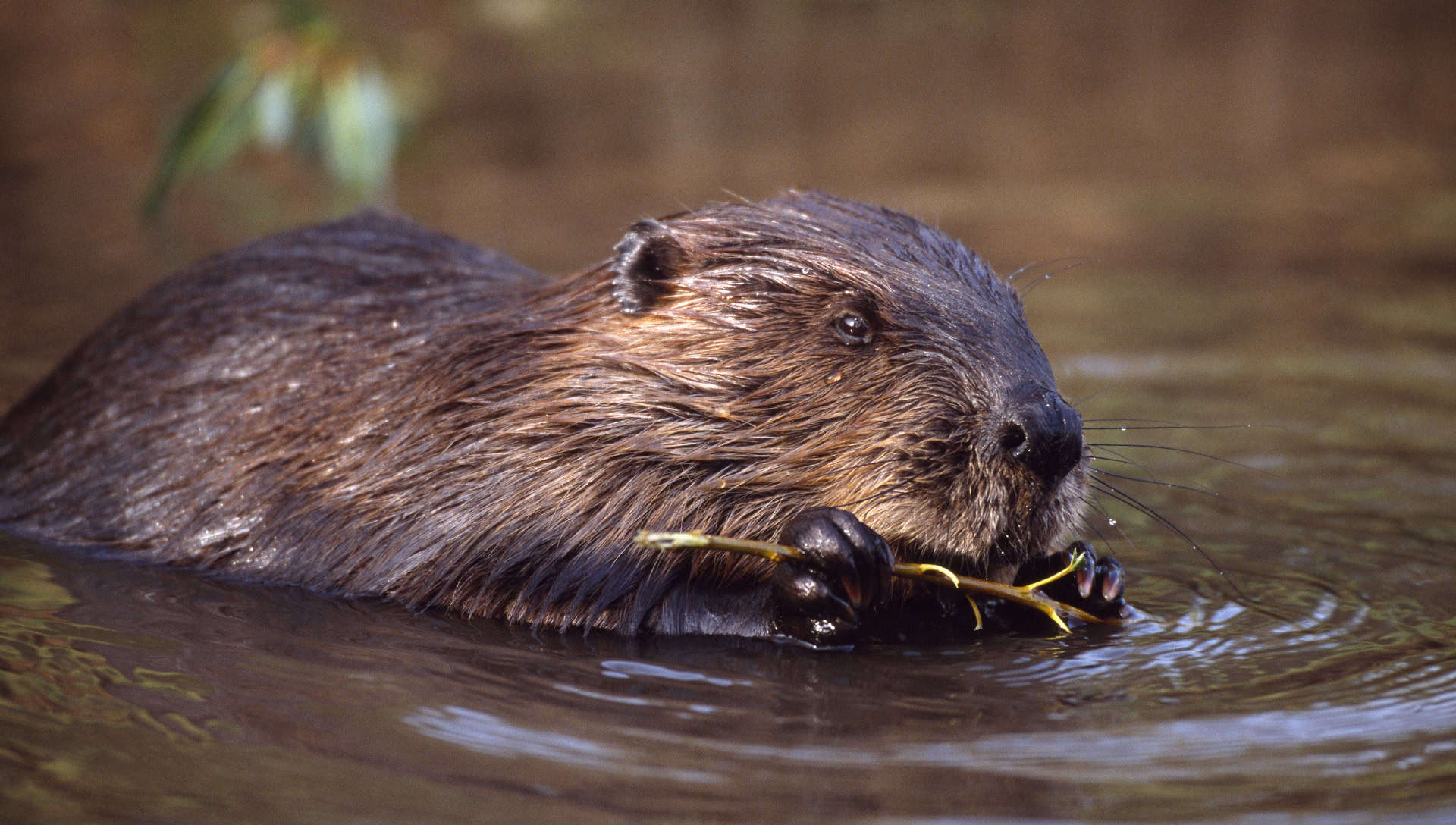
Green Satin lichen (Ricasolia virens): this lichen goes really green when wet and stretches out like a dragon’s skin.
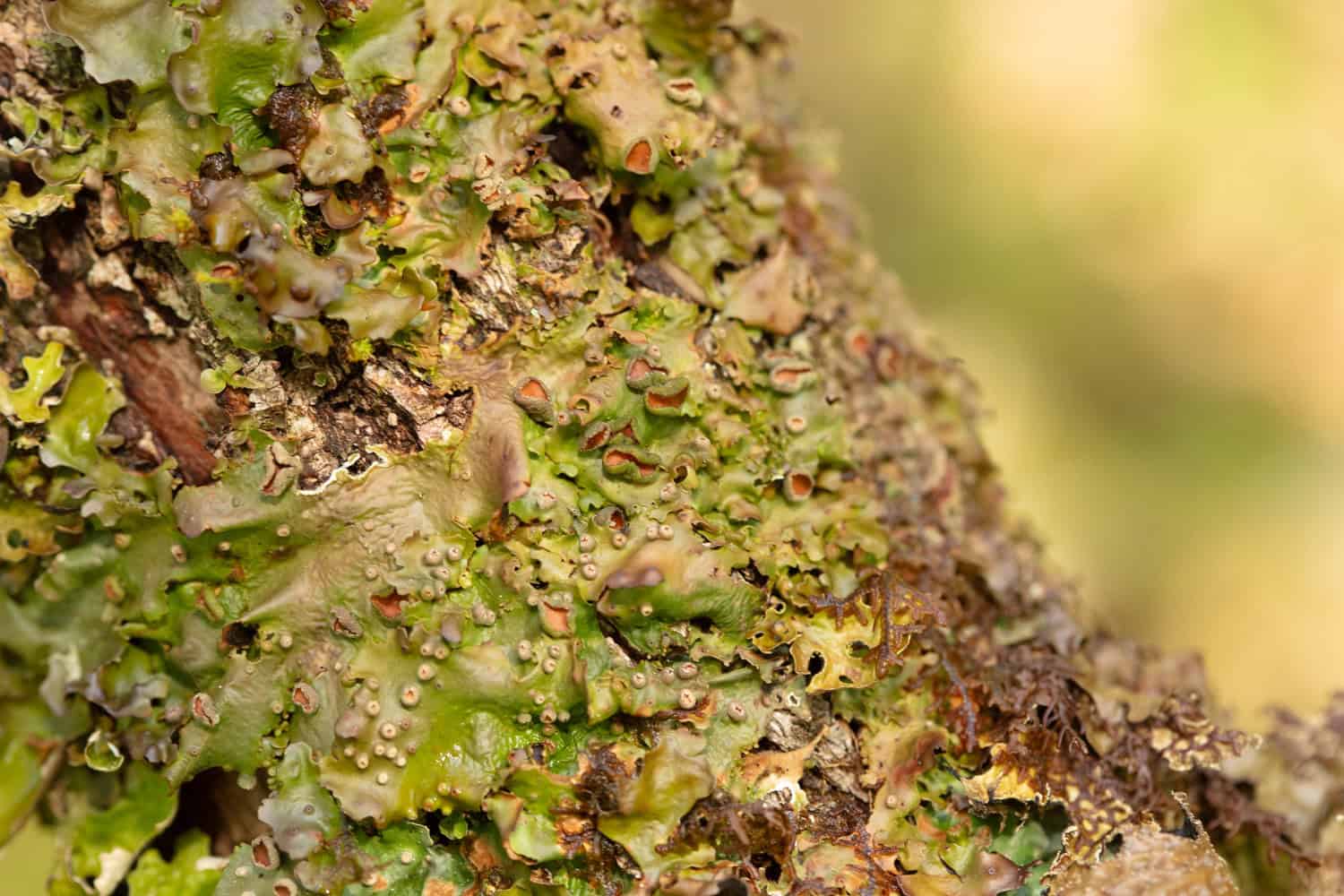
Octopus suckers (Gabura fascicularis): this jelly lichen looks like clusters of tiny, dark octopus suckers. It performs a useful role in the ecosystem, taking nitrogen out of the atmosphere and making it available as fertiliser to other organisms.
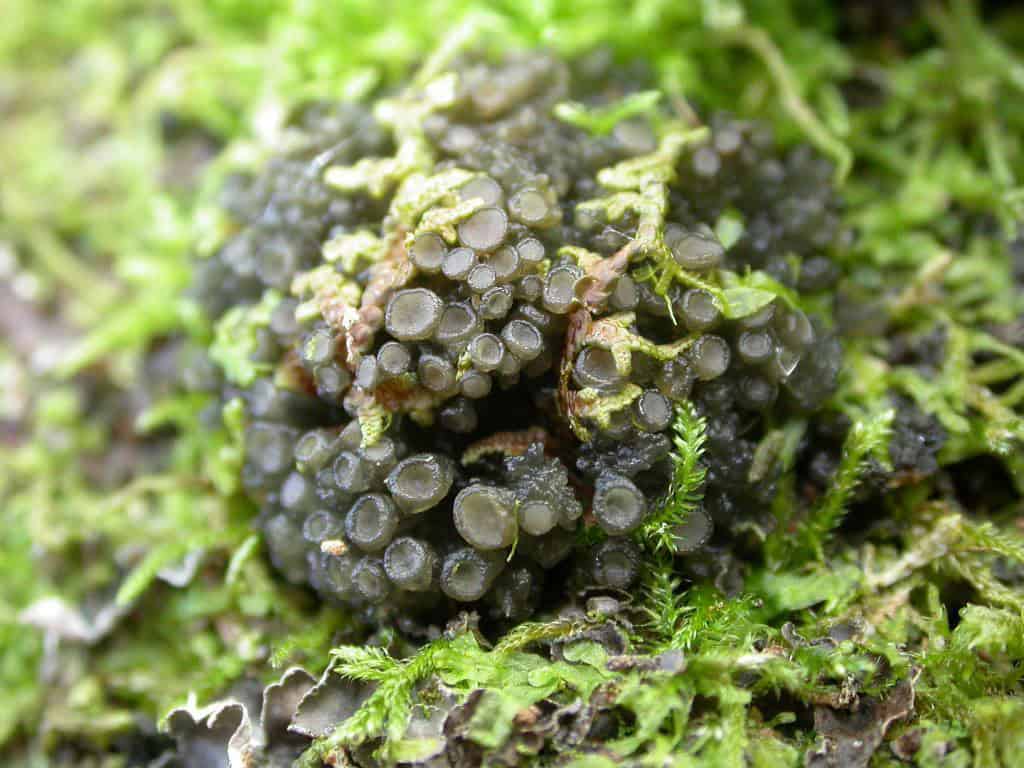
Wild Atlantic salmon ( salmo salar): temperate rainforests often have rivers which contribute the damp environment. Wild salmon swim upstream into the freshwater environment and fertilize the temperate rainforest with the open ocean nutrients stored in their bodies.
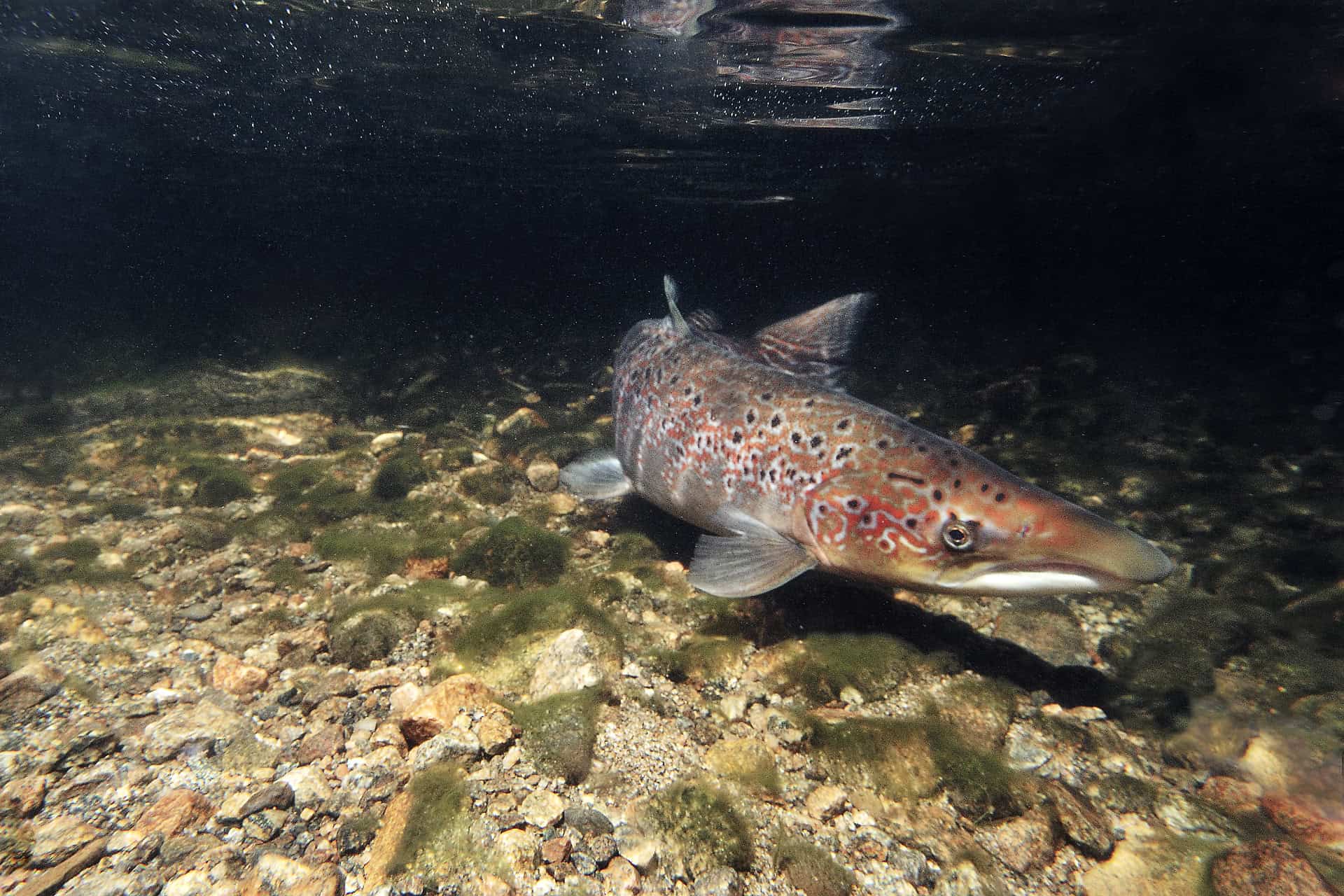
Manning: These rainforests are home to some really special wildlife
Sam Manning is the Woodland Trust Project Officer for south west rainforests, and is working to increase rainforest cover in that area of the country.
He said,
“Our rainforests were once a well-used resource, providing timber, charcoal and tannin for tanning leather. But they have suffered from clearances, chronic overgrazing, and conversion to other uses, leaving them small and fragmented.
“As our top ten shows, these rainforests are home to some really special wildlife which is why we are working with other charities and partners to form alliances to restore these unique environments.”
Rainforest Restoration Project
The Woodland Trust and Plantlife are working together in the northwest and southwest of England as part of the £2.9 million Rainforest Restoration Project to manage and restore ancient woodland habitats within and around Temperate Rainforest Zones to support species abundance.
The Rainforest Restoration Project is funded by the Government’s Species Survival Fund. The fund was developed by Defra and its Arm’s-Length Bodies. It is being delivered by The National Lottery Heritage Fund in partnership with Natural England and the Environment Agency.
Stephens: Urgent need to protect, restore and manage rainforests well for future generations
Georgia Stephens, Rainforest Advisor North West for Plantlife, said:
“Temperate rainforests are precious habitats, that can support a huge diversity and abundance of species, some of which are found nowhere else on earth.
“They are home to some incredibly rare lichens and bryophytes that have been around for millions of years – pre-dating humans, flowers, trees and even dinosaurs!
“This list really demonstrates the unique qualities of these species and the urgent need to protect, restore and manage rainforests well for future generations.”
Not just conservation work
The project will cover work over c 580 hectares across 27 sites. As well as a comprehensive range of conservation work it also includes a programme of community, landowner and volunteer engagement and is supporting three youth placements. Through the 18-month funding, two new full-time rainforest roles have also been created.
There is a developed alliance of bodies in Scotland working to protect rainforests, called the “Alliance for Scotland’s Rainforest”. Recently, Wales and the south west have followed suit by setting up new alliances too.
More on rainforests can be found on the website.
News shared by Andy on behalf of the Woodland Trust. Ed




